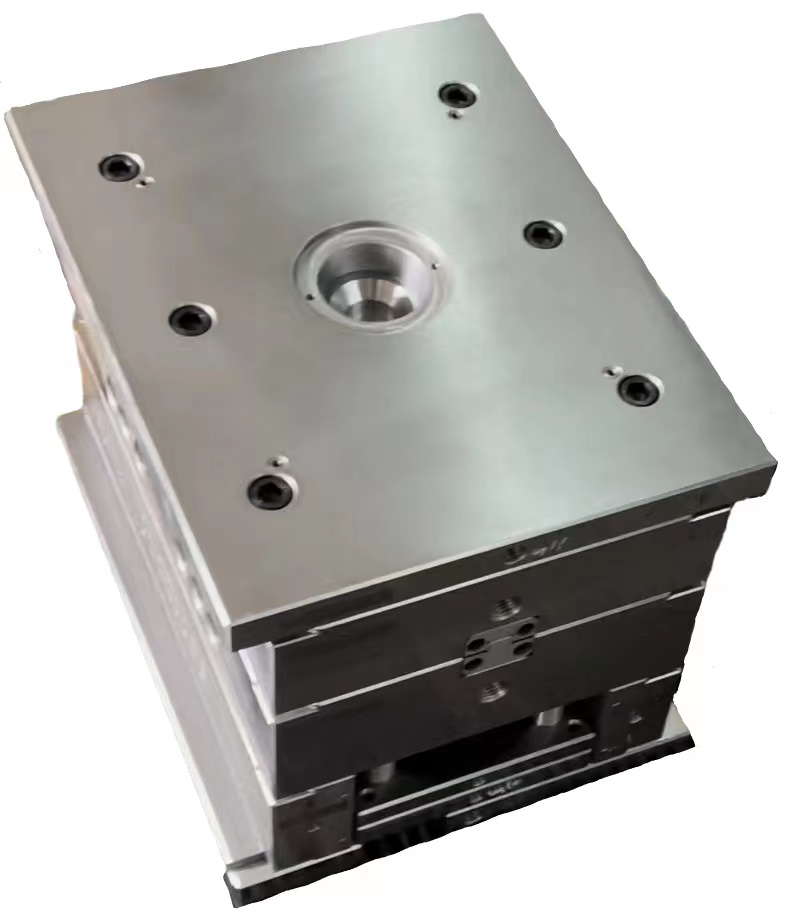Introduction to Mold Steel
Mold steel has emerged as a fundamental component in the world of precision manufacturing, especially in South Korea, which is known for its progressive industrial landscape. With the mounting demand for precision components, understanding the benefits of mold steel becomes crucial for manufacturers looking to enhance efficiency and product quality.
What is Mold Steel?
Mold steel, often referred to as tool steel, is specifically designed for the fabrication of manufacturing tools and molds. Its unique properties make it ideal for high-volume production and intricate designs. Below are some key definitions related to mold steel:
- Tool Steel: A high-carbon steel used to make tools and molds, known for its hardness.
- Mold Making: The process of creating a mold into which material is poured or pressed.
- Precision Manufacturing: Manufacturing processes that produce parts with high accuracy.
Key Benefits of Using Mold Steel
Incorporating mold steel into precision manufacturing presents numerous benefits:
- Durability: Mold steel is built to withstand immense pressure and heat, ensuring longevity of tools.
- Dimensional Stability: Provides consistent and precise dimensions, which is vital for high-quality parts.
- Corrosion Resistance: Advanced mold steels offer excellent resistance to corrosion, enhancing tool life.
- Cost Efficiency: Long-lasting nature of mold steel reduces replacement costs over time.
Types of Mold Steel
In South Korea, various types of mold steel are utilized, each catering to specific manufacturing needs. Below is a brief overview:
| Type of Mold Steel | Characteristics | Uses |
|---|---|---|
| P20 | Excellent toughness and polishability. | Injection molds for plastic products. |
| S7 | High shock resistance. | Manufacturing high-impact tools. |
| H13 | High temperature stability and wear resistance. | Die-casting molds. |
| 420SS | Good corrosion resistance. | Molds for food processing and medical devices. |
Why South Korean Industries Prefer Mold Steel
South Korean industries, especially in sectors such as automotive, electronics, and consumer goods, are increasingly adopting mold steel due to the following reasons:
- Innovation: The need for advanced technology in manufacturing drives the use of high-quality materials.
- Global Competition: South Korean manufacturers strive to maintain competitiveness in the global market.
- Sustainability: Durable mold steels contribute to lower waste and resource consumption.
Challenges and Solutions in Using Mold Steel
While the advantages of mold steel are apparent, there are also challenges in its usage:
Common Challenges
- Cost of Acquisition: High initial costs can be a barrier.
- Processing Difficulties: Requires specialized skills and tools for effective processing.
- Heat Treatment Needs: Proper heat treatment is critical to achieve desired properties.
Solutions
- Investing in staff training on proper use and processing of mold steel.
- Collaborating with reputable suppliers for quality assurance and guidance.
- Implementing cost-benefit analysis to justify initial expenses against long-term savings.
Future of Mold Steel in South Korea
The future of mold steel in South Korea appears promising as technological advancements continue to evolve. With increased R&D in manufacturing processes, mold steel will likely see enhancements in durability and efficiency. Additionally, the growing emphasis on sustainability could lead to innovations that reduce waste and enhance the recyclability of mold steel products.
Conclusion
In conclusion, mold steel offers immense benefits for precision manufacturing in South Korea. Its durability, dimensional stability, and cost efficiency make it an ideal choice for various industrial applications. Despite challenges like high costs and processing requirements, the advantages far outweigh the drawbacks when approached strategically. For manufacturers looking to improve product quality and efficiency, investing in mold steel is not merely a choice but a necessity for future success in a competitive market.

